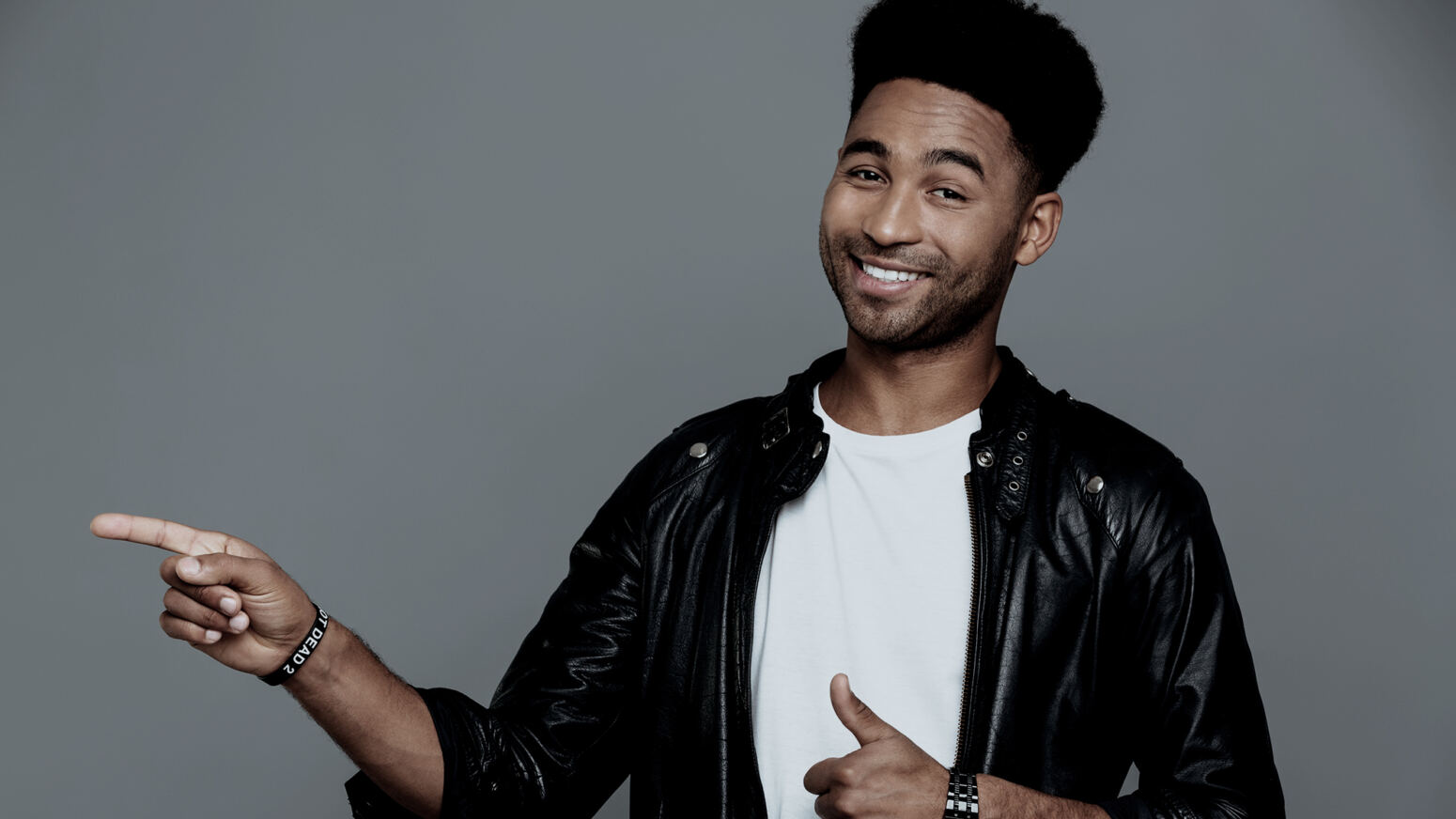Advertisement
Subscriber-only Newsletter
Send any friend a story
As a subscriber, you have 10 gift articles to give each month. Anyone can read what you share.
By Tish Harrison Warren
Opinion Writer
A few months ago, I went to a worship service that, in many ways, was like a thousand evangelical services I’d seen before. People raised their hands while singing and cried out “Glory to God!” and “Amen.” People stood and gave “testimony,” telling stories of finding hope or healing from pain. They read Bible verses and prayed prayers. There was a clear difference, however, from most worship services I’ve attended: Nearly everyone in the room was an immigrant and a person of color. We sang in English but also in Spanish, Portuguese, Igbo and Nepali.
I was at a meeting of the Greater Austin Diaspora Network, a coalition that brings together immigrant leaders representing about 40 churches in the Austin area. They estimate that there are over 150 such churches around Austin.
“The face of Christianity is undergoing a fundamental transformation,” Sam George, the director of the Global Diaspora Institute at Wheaton College, told me. “What is happening in America is just a part of a larger transformation because Christianity is getting a new face. It is getting more Black and brown and yellow.”
The last century has seen a near-complete reversal of the global demographics of Christianity. Currently, the fastest growing Christian communities are in the “majority world” — the term I use for non-Western countries that make up most of the world’s population.
In his book “The Unexpected Christian Century,” Scott Sunquist notes that in 1900, about 80 percent of the world’s Christian population lived in the Western world and about 20 percent in the majority world. By 2000, only 37 percent lived in the Western world, and nearly two-thirds lived in the majority world. Sub-Saharan Africa had the most striking growth of Christianity, growing from around 9 percent Christian at the beginning of the 20th century to almost 45 percent at the end of it. There are around 685 million Christians in Africa now.
“Christianity at the beginning of the 21st century,” said George, “is the most global and most diverse and the most dispersed faith.”
In Africa, Latin America and Asia, Christianity is growing in historic denominations, such as Roman Catholicism and Anglicanism, but the most explosive growth has been in Indigenous, independent Pentecostal churches. Sunquist argues that in addition to Roman Catholic, Protestant and Orthodox churches, we ought to start talking about a new family of “spiritual” churches that have no historical ties to Western church traditions. These “spiritual” churches are largely not a result of colonial missions. In fact, the meteoric rise of Christianity in the majority world occurred only after the withdrawal of colonial powers when Christianity became more indigenized.
In popular religious discourse in the West, we tend to associate Christianity with white Westerners and European influence. At this point, our assumptions about this need to change. The largest church congregation in the world belongs to Yoido Full Gospel Church in Seoul, an Assemblies of God church, which has around 480,000 members. Statistics vary but even conservative estimates guess there were around 98 million evangelical Christians globally in 1970. Now, there are over 342 million.
In my own tradition of Anglicanism, with nearly 60 percent of all Anglicans living in Africa and over 30 percent in Nigeria and Uganda alone, there are most likely more Anglicans in Sunday services in these two countries than in America and England combined. Latin America boasts 14 megachurches with total membership over 20,000. And by some estimates, China will have more Christians than any other country by 2030.
This transformation of global Christianity has begun to change demographic patterns in America and Western Europe as well. There are two factors at play here. With the United States home to more immigrants than any other country in the world, as Christianity booms overseas, more Christians are migrating to the United States. But there’s also evidence that migrants who come to here are finding immigrant-led churches and converting to Christianity after they arrive. These trends, George told me, are “globalizing American Christianity.”
Multiple scholars point to Western Europe as an example of what’s to come in the United States. Today, the three largest Protestant churches in Paris are Afro-Caribbean evangelical megachurches of a charismatic or Pentecostal bent. A study last year examined Chinese churches in Britain that were experiencing exponential growth, sometimes doubling or tripling in size in a few years. Last April, the Italian Chinese Theological Seminary opened in Rome to train Mandarin- and Cantonese-speaking pastors. Some of the largest megachurches in metro London are led by Africans, including Kingsway International Christian Center, which is led by a Nigerian, Matthew Ashimolowo, and is most likely the largest church in Europe.
Immigration has been a huge factor in the demographic growth of the United States over the past decade. Much of that growth is attributable to Latinos, who now number around 62 million and represent just under 20 percent of the United States population. Some projections estimate that by 2060 there will be 111 million Latinos in the United States, constituting 28 percent of the population.
The Atlantic reported in 2021 that Latino evangelicals are the fastest growing segment of evangelicals in the country. It also said that “Latino Protestants, in particular, have higher levels of religiosity” — with more frequent church attendance, prayer and Bible study than white Protestants. The Atlantic also said that the National Hispanic Christian Leadership Conference represents more than 40,000 churches and aims to plant another 25,000 before 2030.
We often hear that the most significant trend in religion in America is the rise of the “nones,” those who profess no religious affiliation. That demographic group is indeed important for the future of religion, culture and politics in America, and as of 2021, Pew reported that 29 percent of all adults identified as atheists, agnostics or “nothing in particular.” But alongside that trend, the changing demographics of Christianity promise to transform faith and religious discourse. We cannot assume that America will become more secular so long as the future of America is less white.
The effects of the changing face of Christianity in the United States are hard to guess. And the pace of change is also hard to measure. Everyone I spoke with on this topic mentioned that it is difficult to provide definite statistics on how many evangelical and Pentecostal churches in America are led by Latinos, immigrants or other nonwhite or non-English-speaking pastors because many of these churches are small, non-organized and grass roots. They often meet in homes or other churches’ buildings and grow in membership only by word-of-mouth.
When I first started investigating these trends, I thought that what I was seeing could be summed up as “the future of American evangelicalism isn’t white.” And I still think that’s true. However, I discovered as I’ve read more, spoken with more people and attended events like the Austin Diaspora Network meeting that it’s more complex than that.
I quickly recognized that the standard American religious survey categories no longer account for the realities expressed in the church in America. “White evangelicalism,” “Protestant mainline” and “progressive” are categories that are largely defined by a white majority. This “browning” of the church in America, as some scholars call it, scrambles all the categories. What we are seeing isn’t simply that white evangelicalism is changing; it’s that something new is emerging.
Immigrant Christian communities are, of course, not a monolith. However, most hold convictions that overlap with traditional evangelicalism in substantial ways. They are by and large traditionally conservative about sexuality and marriage. They hold an authoritative view of the Bible and believe in miracles and supernatural occurrences.
But they tend to be more committed to social justice and, in George’s words, “communitarian” than many white evangelicals. Beyond that, it isn’t always easy to map the faith of immigrant communities using traditional Western assumptions. George said that, for instance, when he visits churches in Brazil and Argentina, “Sometimes the Catholics are more evangelical and Pentecostal” than even typical white evangelicals in America.
The question remains: What will it mean for politics and religion in America when religious conservatives are by and large voices of color? Even now, when white progressives criticize “conservative Christians” or “conservative evangelicals,” they, perhaps unknowingly, are largely critiquing people of color from the majority world. On the other hand, when conservatives for so-called family values take anti-immigration stances, they are ironically abetting the secularization of America.
This influx of nonwhite believers will challenge white religious conservatives to choose between xenophobia and building alliances with immigrants who share their views on social issues. These trends will also challenge them to unbundle their religious views on social issues from a kind of libertarian economics that harms those who are less wealthy. In the same way, white progressives will be in the awkward spot of choosing whether to continue to push boundaries about sexuality and gender — which will put them on the side of largely white, wealthier Westerners — or to be in solidarity with those from the majority world who most likely hold views that are out of step with social progressivism.
The future of American Christianity is neither white evangelicalism nor white progressivism. The future of American Christianity is probably not one where white concerns and voices dominate the conversation. The future of American Christianity now appears to be a multiethnic community that is largely led by immigrants or the children of immigrants. And that reality ought to change our present conversations about religion in America.
Tish Harrison Warren (@Tish_H_Warren) is a priest in the Anglican Church in North America and the author of “Prayer in the Night: For Those Who Work or Watch or Weep.”
Have feedback? Send me a note at HarrisonWarren-newsletter@nytimes.com.
Advertisement
source














Post comments (0)